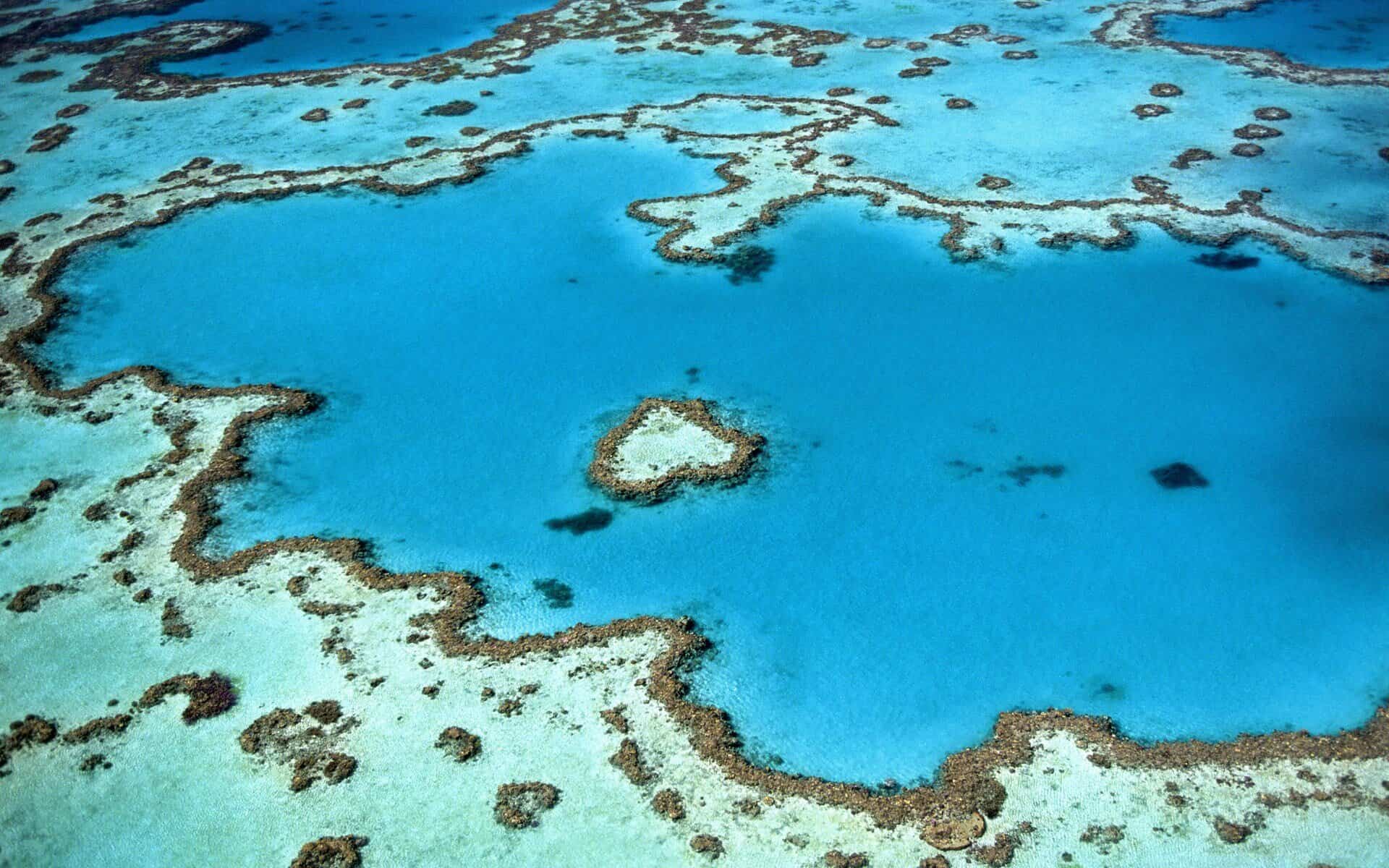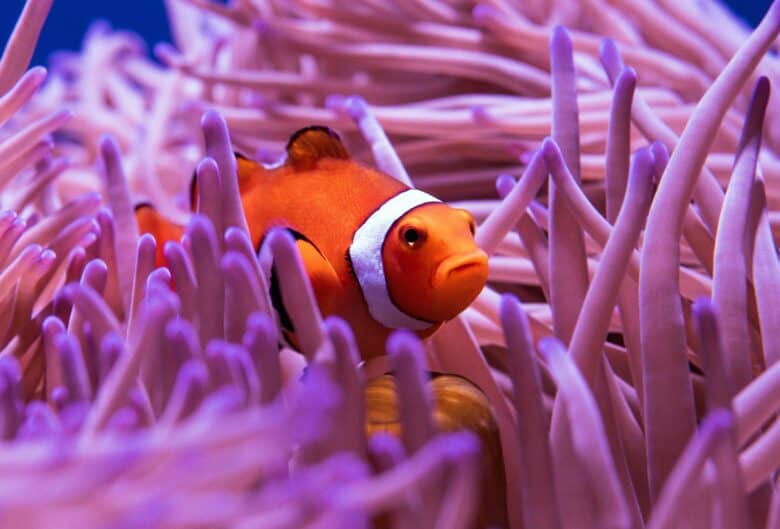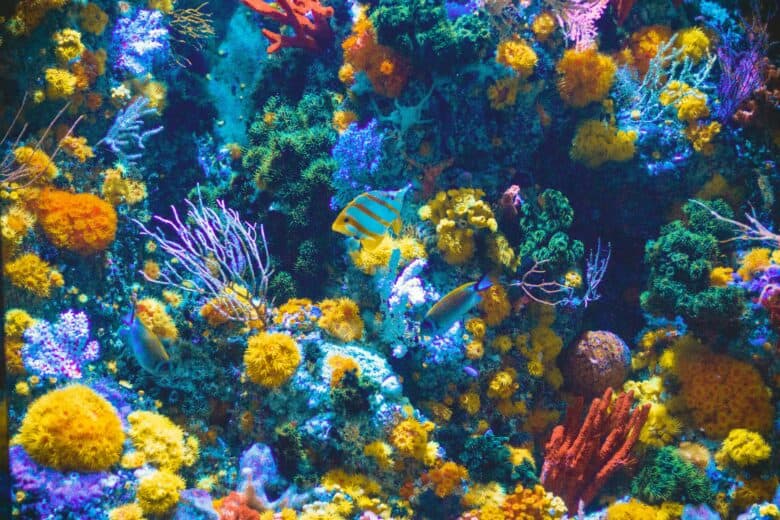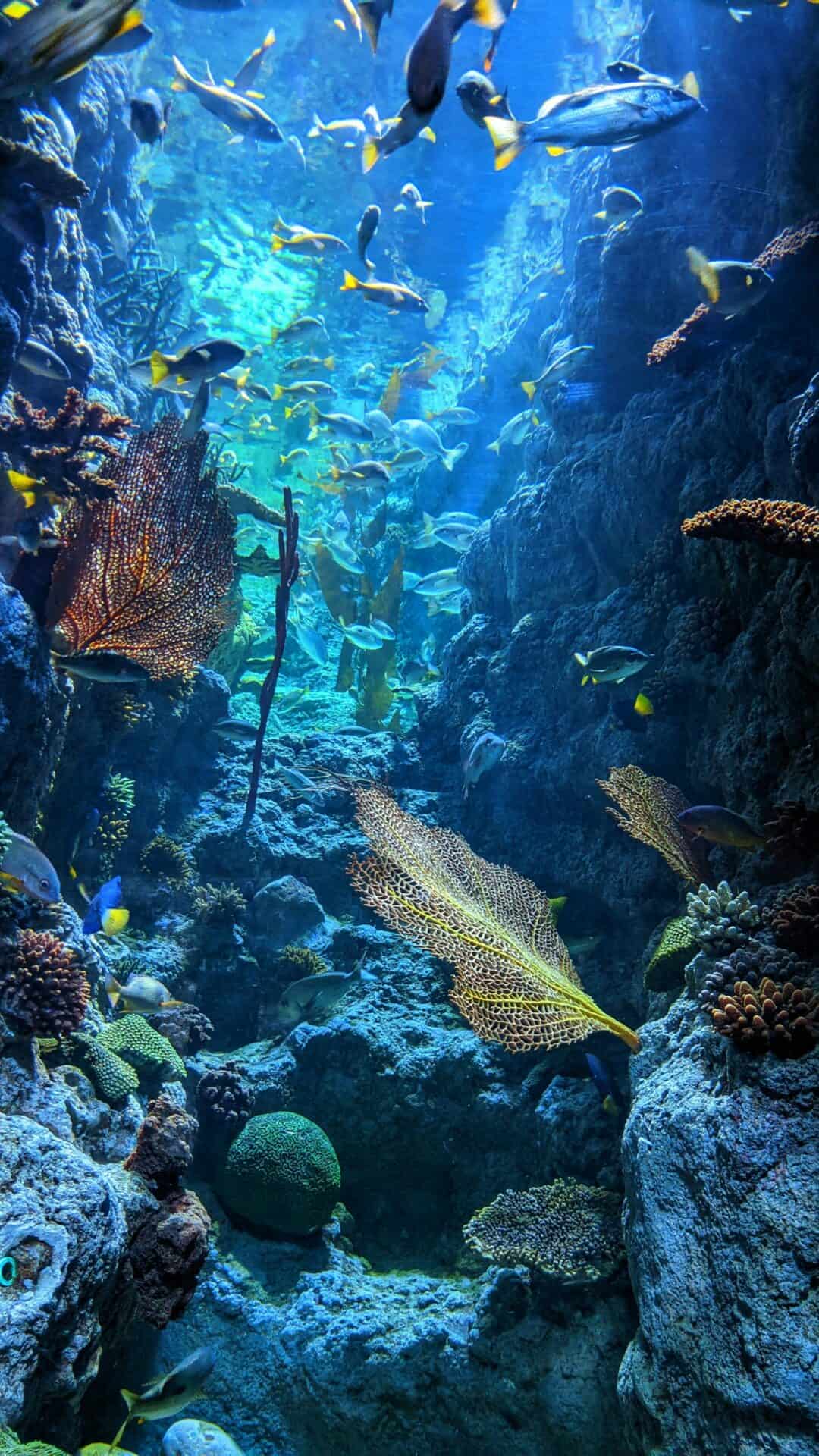
The Reef
The Great Barrier Reef is unarguably the number one natural wonder in Australia. After all, it is part of the seven natural wonders of the world. It is the largest Coral Reef in the world, and anyone who has been there can testify to Reef’s breathtaking beauty. It is one of the most diverse habitats in the world with more than three thousand individual reef systems, coral cays, and hundreds of tropical islands forming the habitat.

A World-Class Adventure Playground
It is one of the top tourist destinations in the world with thousands of visitors coming annually to witness the natural beauty and getting involved in many activities such as snorkelling, helicopter and aircraft tours, boat tours, scuba diving, bare boats, semi-submersibles, educational trips, whale watching, cruise ship tours, glass-bottomed boat viewing, dolphin swimming, and lots more.
The reef system’s size is definitely its most remarkable quality because it is larger than the Great Wall of China and remains the only living thing that can be seen from space. It is made of 900 islands and more than 2,900 individual reefs with a length of more than 2,300 kilometres covering an area of about 344,400 square kilometres. The Great Barrier Reef is on the Coral Sea on Queensland Coast.

Biodiversity and Cultural Significance of the Great Barrier Reef
The Reef structure is made up of billions of coral polyps, and it is a biodiversity hotspot. The Great Barrier Reef is an important part of the indigenous people culture and spirituality. It supports many endangered and vulnerable species, and some of these species are even endemic to the Reef, which means that they cannot be found anywhere else.
Several cetaceans’ species have been found in this region including the humpback whale, Indo-Pacific humpback dolphin, and dwarf minke whale. Fish species in this region are also more than 1500 and include red-throat emperor, red bass, clownfish, coral trout, snapper, etc. Forty-nine fish species spawn in the Great Barrier Reef and their eight four other fish species spawning in the Great Barrier Reef but not on a mass scale.
There are also sea snakes in the Reef with up to seventeen species, and they are mostly found on the southern section of the Reef. Sea turtles also breed in the Reef, and six species are specifically known to do this. These are the flatback turtle, olive ridley, hawksbill turtle, the leatherback sea turtle, green sea turtle, and loggerhead sea turtle.
There are also about 125 species of stingray, sharks, chimaera or skates on the Reef with about 5000 mollusc species including cone snails, nudibranchs, and giant clams. Seahorses are also plentiful with nine species recorded, and there are about 49 species of pipefish. Beyond marine animals, the Reef also supports birds, frogs, and many plants.
Given the Reef’s ecological significance, it is without a doubt important to do everything to protect it and help tackle the threats currently faced by the Reef.

